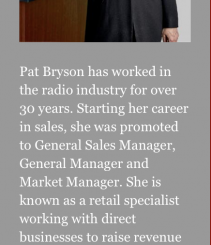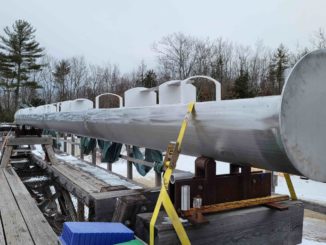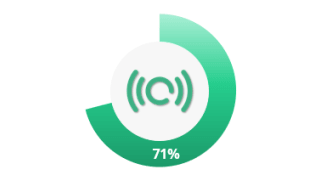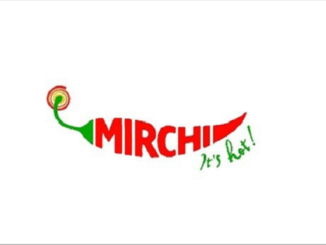
The Programmer’s Tightrope Act
Content from BPROne of broadcast radio’s main assets is reliability. From one day to the next, the listener has a rather good idea of what to expect from their preferred station. In most cases, the presenters are found in regularly scheduled time slots, the music is consistent and the news and information bulletins are positioned at predictable points in the day. The programs are designed to meet the listener’s needs at different times of the day. Virtually all successful stations share these characteristics and the listener derives a degree of comfort in knowing that their favorite station is reliable and consistent. This is a good thing.So how does a good thing like consistency turn into a not-so-good thing? As with many aspects of life, consistency can lead to boredom and burn out. I can recall more than one instance where, shortly after its debut, a program or format became wildly popular only to see its popularity plummet in just a few years. Like a good loaf of bread, it eventually became stale, maybe not as quickly as a loaf of bread but nevertheless stale and dry.So, what went wrong? The loss of appeal can often be attributed to two things. First, the program had no real depth to begin with. The concept of the program was shallow and left little room for growth. The program remained static for too long and relied on a small number of key attractions whose novelty soon faded.The second factor is an excess of predictability. If the listener is confronted with the same thing day after day and can anticipate exactly what the moderator is going to say from one moment to the next, it becomes far too easy for the listener to become bored. Sooner or later, the listener may start to look for something else. Although that “something else” may not be as good as the program they left, the new program will at least be fresh and new.So, what do you change and what do you leave in place? Popular personality hosts can retain their appeal for many years. Stations that too often change moderators in key time slots have difficulty maintaining audience loyalty. However, even the best moderators need to freshen their act. If the moderator becomes stuck on a few favorite topics and hammers those topics day after day, listener fatigue sets in.Music formats too can burn out. Playlists that are too small will eventually lead to format burn as song tests show a growing amount listener fatigue. Contemporary hit stations do not usually have this problem because they are able to constantly freshen their playlist with new, popular releases. Music stations that rely on older music (songs that are 20 years or older) do not have this advantage.Stations that succeed in keeping their station fresh rely on creativity and imagination. By definition, this means having people in the programming department (both on and off the air) who are pro-active and seek new directions in which to take the program.The bottom line is that stations and programs that remain successful year after year have found the right balance between innovation and consistency. As with a trapeze artist, it is all about balance. Truly successful programmers have a keen sense of the tipping point between freshness and consistency. They keep their station relevant and interesting while also maintaining a critical level of consistency and dependability.By Andy Beaubien, BPR […]





